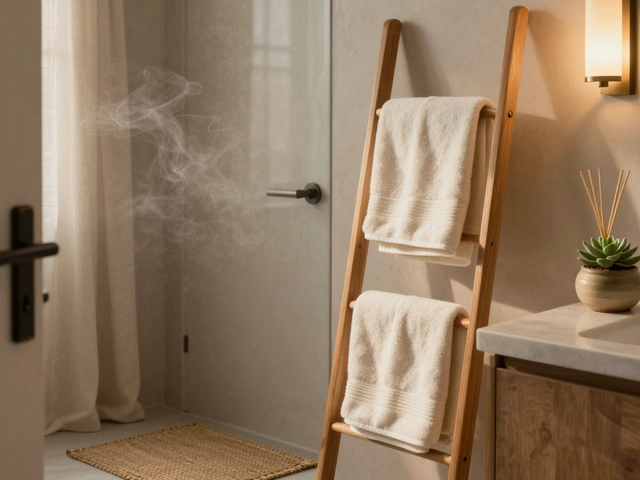Bedding Tips for a Better Night's Sleep
Ever wake up feeling tangled in sheets or too hot under a duvet? A few smart tweaks to your bedding can change that. Below are practical tips you can apply right away, no specialist skills needed.
Pick the Right Sheet Material
First thing: the fabric. Cotton is breathable, cheap and gets softer with each wash. If you want a silky feel, go for satin or bamboo – both stay cool in summer and warm in winter. For budget‑friendly options, percale weave gives a crisp, cool touch, while sateen feels smoother but can trap more heat.
Check the thread count. Higher numbers sound fancy, but anything above 300 offers similar softness. Focus on the weave and fiber quality instead of chasing a huge count.
Fit Your Mattress Properly
A sheet that’s too small will pop off; too big looks sloppy. Measure the mattress width, length and depth, then add a few centimeters for a snug fit. Deep‑pocket fitted sheets are lifesavers for pillow‑top or memory‑foam mattresses.
If you have a king‑size bed, consider a sheet set labeled “extra‑long” – it covers the extra length without needing tucking.
Layer Blankets Wisely
Layering isn’t just for fashion. Start with a lightweight blanket or quilt for temperature regulation, then add a heavier comforter if you get cold at night. This way you can peel off layers when it gets warm without swapping the whole set.
Choose blankets with a low pile if you have allergies; they trap less dust and are easier to wash.
Keep Your Bedding Fresh
Wash sheets every 1‑2 weeks. Use a gentle cycle and skip the fabric softener – it can leave residue that reduces breathability. For extra softness, add a cup of white vinegar during the rinse.
Dry on low heat or line‑dry to avoid shrinking. If you can’t tumble‑dry, shake the sheets out before folding; it reduces wrinkles and keeps them smelling fresh.
Extra Comfort Hacks
Place a thin mattress topper under your sheets if your mattress feels too firm. A 2‑inch foam layer adds a plush feel without buying a new bed.
Swap pillowcases weekly. A fresh pillowcase reduces oil buildup and keeps your skin clearer.
Finally, arrange pillows in a way that supports your sleeping position – back sleepers benefit from a thin pillow, side sleepers need a firmer, thicker one.
These simple bedding tips don’t require a big budget, just a little attention to detail. Try them out and notice how much easier it is to drift off and stay asleep. Sweet dreams!

Understanding the Bedding-in Period for Your Sleep Setup
The bedding-in period is a critical phase in adjusting to a new mattress or bedding setup, directly impacting comfort and sleep quality. This transition phase involves allowing time for both your body and the bed to adapt to each other, ensuring optimal support and relaxation. Understanding what to expect and how to expedite this process can significantly enhance your sleep experience. Tips on easing discomfort during this time are also discussed, making it easier for you to enjoy restful nights.
Categories
- Storage (27)
- Bathroom (18)
- Sofas (15)
- Curtains (15)
- Home Decor (12)
- Bedding (11)
- Kitchenware (11)
- Cushions (11)
- Mirrors (10)
- Rugs (9)



